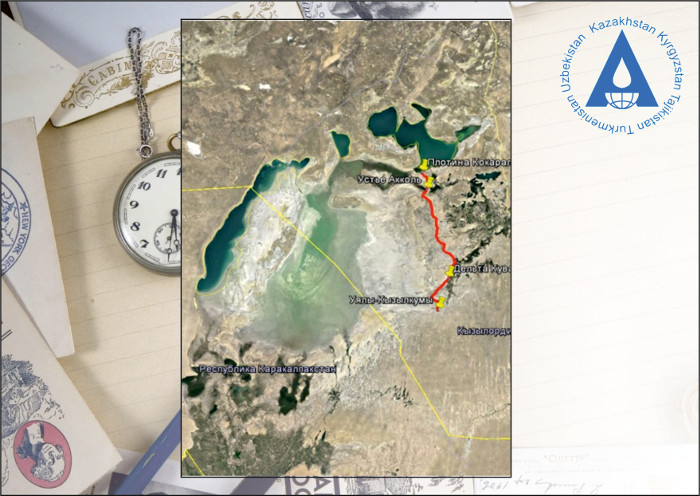
DEVELOPMENT OF THE “GREEN BELT” ALONG THE EASTERN COAST OF THE ARAL SEA AND HUMAN SETTLEMENTS
Project Objectives:
Preservation of the natural and resource potential of the zonal and delta ecosystems of the Kazakhstani Aral Sea region, improvement of living conditions of the local population by creating a green belt, introduction of phytomeliorative methods for reducing salt-dust removals from the dried bottom of the Aral Sea
Objectives of the project:
Landscape and ecological zoning of the eastern part of the dried bottom of the Aral Sea as a potential source of wind salt and dust transfer;
Designing and construction of a collector-drainage network for oasis irrigation of the “green belt”;
Conducting multi-stage and multi-tier phytomeliorative works along the eastern coast of the Aral Sea with the introduction of local and introduced species of psammophyte flora;
Creation of “green belts” around settlements;
Creation of saxaul plantations and introduction of economically viable vegetation species in order to attract local people.
Expected results of the project:
A cartographic model of existing and potential sources of salt-dust removals will be created;
Improvement of the collector-drainage network of the Left-bank of Kazalinsk irrigation array;
A “green belt of the Aral Sea” will be created with phytomeliorative works along the eastern coast of the Aral Sea and irrigation technologies will be defined;
Carrying out, if necessary, mechanical protection (reed mats, rubble) of the most deflation-hazardous areas;
“Green belts” have been created around the settlements of Kaukey, Bozgol, Karateren, Zhanakurylys, Karasholan, Bugun, Karatyup, Aralsk;
Saxaul plantations have been created and the rules for their exploitation have been developed;
Workplaces for the population of the region have been created and experience in phytomelioration and rational use of the region’s biological diversity has been transferred.
Estimated project cost: 1.8 billion tenge ($ 5.7 million);
Terms of the project implementation: the first stage 2017-2020.

